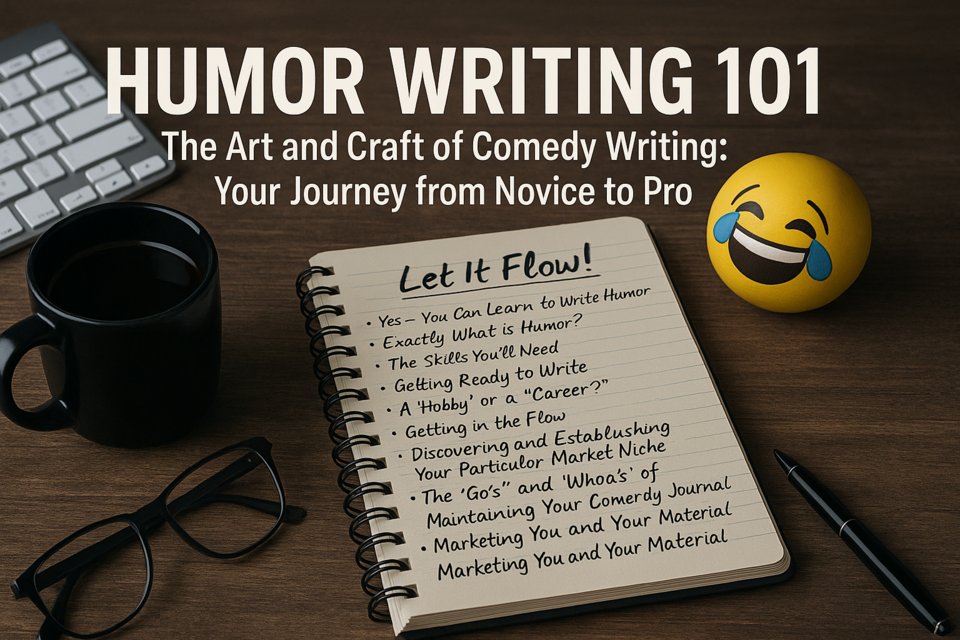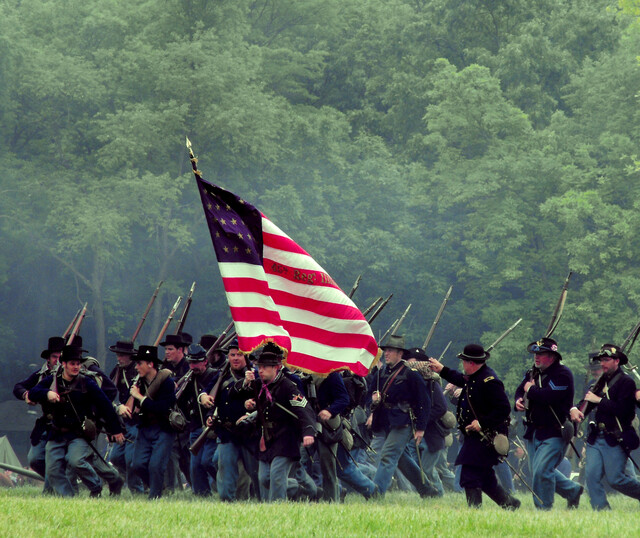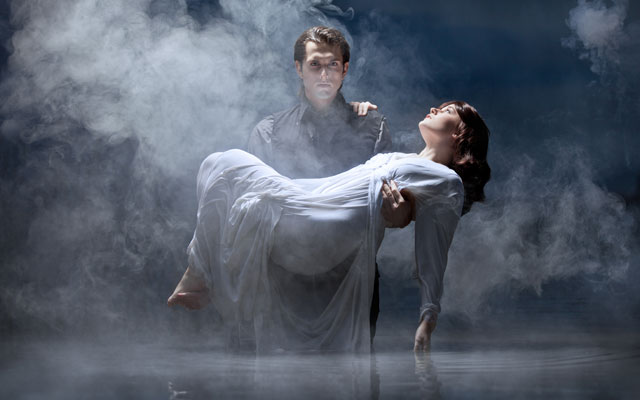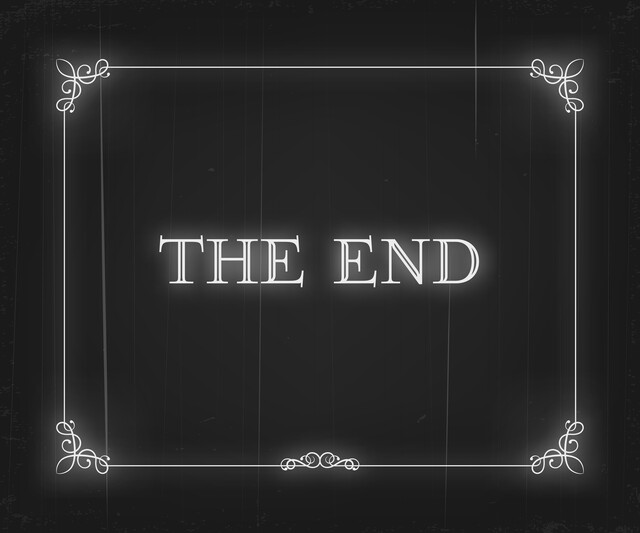Romance Writing
Unleash Your Heart's Stories: Craft Enchanting Love Tales

5 Hours average completion time
0.5 CEUs
13 Lessons
27 Exams & Assignments
462 Discussions
13 Videos
13 Reference Files
125 Articles
Mobile Friendly
Last Updated December 2025
Crafting Romance Novels: From Dream to Reality
The allure of crafting a romance novel has captivated countless individuals across the globe. Given that romance has been the leading fiction genre in the United States for over three decades, the prospects within romantic fiction are more promising than ever. As of 2023, the romance genre holds a market share of around 34%, making it a powerhouse in the literary landscape.
But what makes romance writing so intriguing, and simultaneously challenging, is its specialized nature. There are stringent criteria concerning the plot, characterization, novel length, and even manuscript formatting. These benchmarks aren't mere industry whims but are reflections of what avid romance readers anticipate. Meeting these expectations is paramount for budding writers hoping to carve a niche in this sector.
This meticulously curated course is designed to arm you with the tools and insights needed to craft a romance novel that stands out in a crowded market. It offers an in-depth dive into the intricacies of romance writing, ensuring your manuscript resonates with both agents and readers alike.
Course Breakdown:
Lesson 1: Introduction to Romance Writing
Dive deep into the heart of romance writing, understanding its evolution and importance in the literary domain. Discover the power of love stories and the potential they hold in the modern market.
Lesson 2: Exploring the Sub-genres in Romance
Not all romances are created equal. From historical to paranormal, contemporary to fantasy - understand the myriad sub-genres, their characteristics, and audience preferences.
Lesson 3: Setting the Foundation
Before penning down your story, there are essential preparatory steps to consider. This lesson guides you through research, understanding audience demographics, and setting a roadmap for your writing journey.
Lesson 4: Crafting Your Style
Every writer has a unique voice. Delve into the nuances of narrative voice, tone, and pacing that will make your romance novel distinctively yours.
Lesson 5: Painting the Perfect Setting
A romance isn't just about two people; it's also about where their love story unfolds. From bustling cities to serene countrysides, learn how to craft settings that enhance your narrative.
Lesson 6: Designing the Ideal Hero
What makes a hero swoon-worthy? Understand the psychology of crafting male protagonists who resonate with readers, exploring aspects like backstory, motivation, and character arc.
Lesson 7: Crafting the Captivating Heroine
A romance is as much about the heroine as the hero. Dive into the art of designing female protagonists who are strong, relatable, and pivotal to your love story.
Lesson 8: The Ensemble Cast
Beyond the lead pair, a host of characters play pivotal roles in a romance novel. Learn to create compelling side characters that enhance your narrative without overshadowing the leads.
Lesson 9: Weaving the Plot
A gripping plot is the backbone of any novel. Understand the structure, pacing, and key elements that make a romance story unforgettable.
Lesson 10: The Heart of Conflict
Romance without conflict can be flat. Grasp the essence of creating authentic, meaningful conflicts that drive your narrative and keep readers hooked.
Lesson 11: Penning Passionate Scenes
Romance novels often delve into intimate moments between characters. Learn the art of writing tasteful, evocative love scenes that are pivotal to your story's progression.
Lesson 12: Gearing Up for Submission
Your manuscript is ready, but how do you get it in front of the right eyes? This lesson offers insights into preparing your work for agents and publishers, ensuring it gets the attention it deserves.
Lesson 13: Expanding Your Horizon
As you near the end of this course, equip yourself with additional resources, books, and communities that will aid you in your ongoing romance writing journey.
Enroll now and set your romance writing aspirations into motion, armed with knowledge, insights, and the passion to tell unforgettable love stories.
- Exploring diverse sub-genres
- Understanding romance genre conventions
- Balancing tension and conflict
- Fostering community connections
- Developing unique narrative voice
- Designing effective character arcs
- Strategic manuscript submission techniques
- Writing evocative love scenes
- Building rich narrative settings
- Crafting engaging protagonists
-

Advertising, Marketing and Sales Writing
-

Travel Writing 101
-

Novel Writing 101
-

Mystery Writing
-

Freelance Writing 101
-

Write to Win: Secrets of Persuasive Writing
-

Poetry Writing 101
-

Screenwriting 101
-

How to Write a Short Story
-

Nonfiction Writing 101
-

Comprehensive Medical Terminology 1 & 2
-

Journalism 101
-

How to Write Short Stories for Children
-

SEO Copywriting
-

How to Write Case Studies
-

Humor Writing 101
-

American Wars: American Revolution and Civil War
-

Creative Writing Workshop
-

Journaling and Memoir Writing
-

Paranormal Romance Writing
-

Delegation Skills
-

Creative Writing for Beginners
-

Advertising Copywriter
-

Film Appreciation
-

Aging and Long Term Care